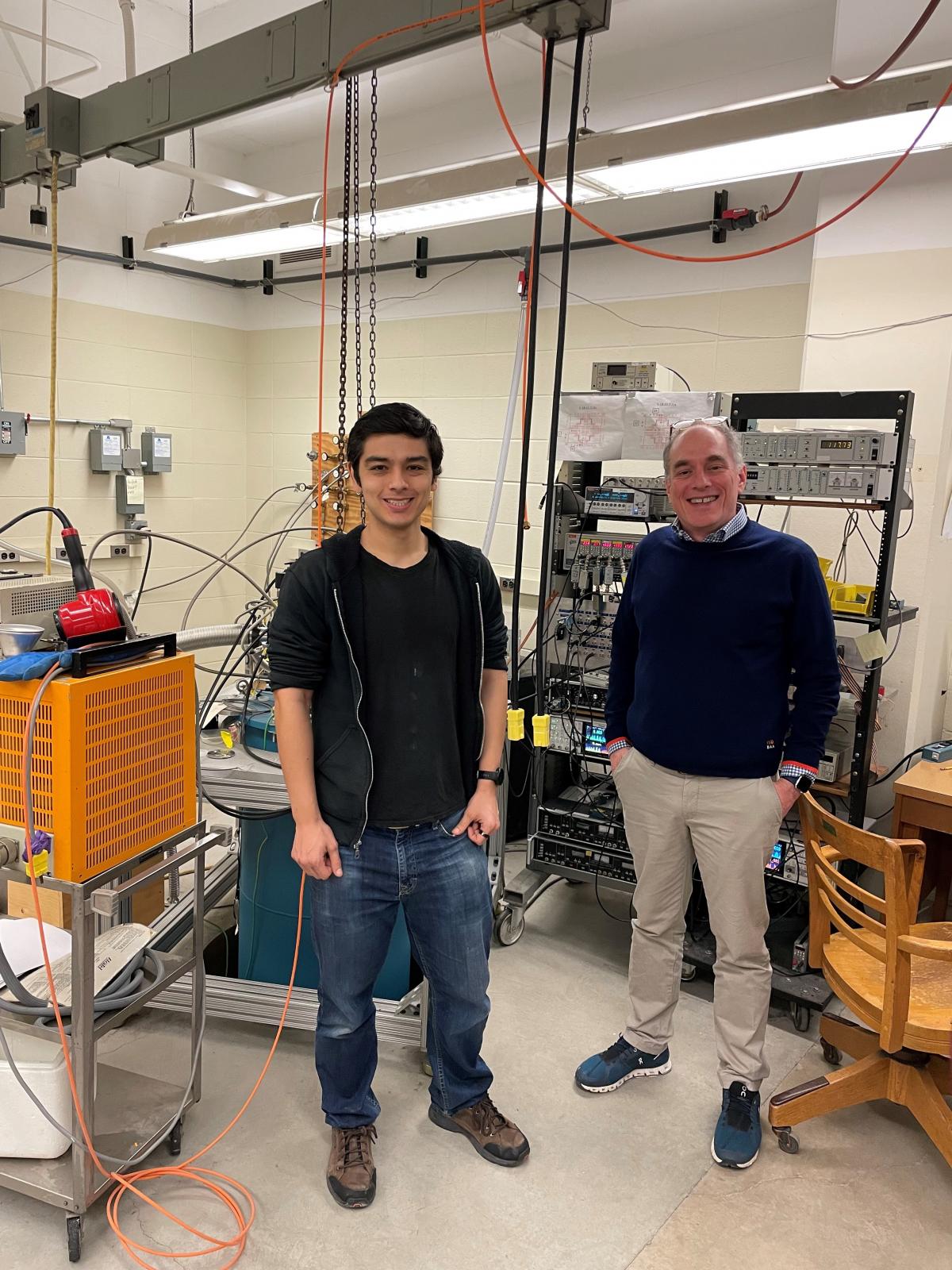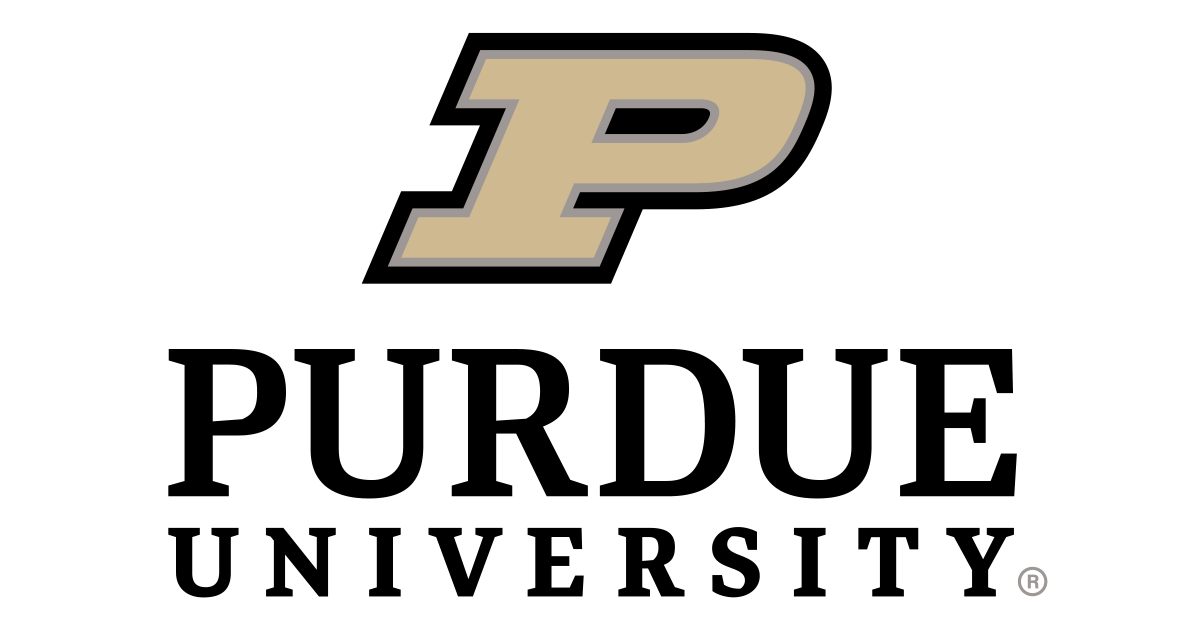Applications
 Part of the Oxford Instruments Group
Part of the Oxford Instruments Group
Expand
Collapse
During the 2022 APS March Meeting, we caught up with the winner of the 2022 Lee Osheroff Richardson (LOR) Science Prize, James Nakamura of Purdue University.

Dr. James Nakamura is recognised for the first direct observation of anyonic braiding statistics for quasiparticles at the ν=1/3 fractional quantum Hall state. Nakamura’s experimental results substantiate theoretical predictions made nearly forty years ago by Wilczek and Halperin, and his work will stand as an important study of the topological phases of condensed matter systems.
What is most exciting about his research is that these energy states were calculated theoretically 40 years ago but only now are we able to prove that this 40 year old science was right! Additionally, the fridge and magnet that James has used in his research was from Oxford Instruments and built before he was born, but is still in use today.
The Lee Osheroff Richardson Science Prize promotes and recognises the novel work of young scientists working in the fields of low temperatures and/or high magnetic fields or surface science in North and South America.
It is a great honour, and also a very humbling experience because I know there are so many other fantastic researchers who have also done deserving work. After the announcement of the award I have received congratulations from many friends and colleagues, and that has been truly gratifying. I was also very happy to be able to tell my parents about the prize as well.
I presented our group's work studying fractional quantum Hall states in interferometers, which includes evidence for experimental observations of new quasiparticles which obey anyonic braiding statistics. We have shown signatures of anyonic statistics in two regimes: when the quantum Hall state is incompressible and the statistical phase of isolated anyon quasiparticles can be resolved, and when the state is compressible and a large number of quasiparticles contribute to the phase.
So far, our work has focused on the simplest, most robust fractional quantum Hall state, the ν = 1/3 state. We are working to extend these experiments to more complicated fractional states, including the ν = 2/5 and ν = 2/5.
The prize has made it possible for me to connect with other physicists in the field, both through their reaching out but also through the support to attend the March Meeting. This is particularly important in the Covid era where opportunities to directly connect have been scarce.
I want to thank my advisor, Professor Michael Manfra, for his continuous support and guidance over many many years. Without the opportunity to work in his lab I would not have been able to accomplish nearly as much as a scientist, and I certainly would not have received the LOR Science Prize.
Author - Stuart Woods
